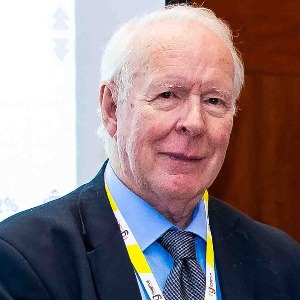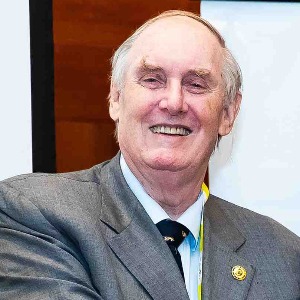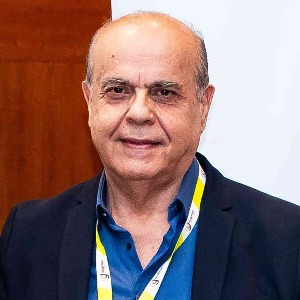Partial Dentures
Partial Dentures are removable oral prosthetics used to replace many missing teeth in the upper or lower jaw. A Partial Denture is composed of replacement teeth, and sometimes a rim. They help fill in the spaces where your regular teeth used to be, so that your natural teeth don’t shift. Partial Dentures are custom made for each patient depending on the number of teeth needing to be replaced and the health of the patient’s gums. Partial dentures can be made of a range of materials, including metal, acrylic, a combination of the two or even plastic. The type of material chosen for the Partial Denture will depend upon the patient’s individual preferences and ability to wear the prosthetic. The benefit of wearing Partial Dentures is that they allow patients to eat, speak and smile with confidence. Partial Dentures also help keep the remaining teeth in the correct position, helps to prevent shifting and helps to keep your facial structure looking natural. The process to creating Partial Dentures begins with an oral exam and consultation to determine the sturdiness and health of the gums and remaining teeth. A mould of the mouth is taken along with impressions and measurements so the device can be custom made and fit perfectly. Partial Dentures need to be removed at night and should be cleaned thoroughly every morning and evening. Good oral hygiene practices are very important when wearing Partial Dentures. Tissue conditioners and antiseptic cleaners should also be used regularly to ensure the Partial Dentures remain in good condition, and that the gums and remaining natural teeth remain healthy. Partial dentures are an affordable way of replacing lost teeth and providing a better looking, more confident smile. They make it possible to look and feel as you did before losing any teeth. Partial Dentures are an important step in a complete dental care plan and help to keep the areas where missing teeth used to be healthy and strong. They are custom designed to the look and feel of your mouth for utmost comfort.

David Geoffrey Gillam
Queen Mary University of London, United Kingdom
Christopher Turner
Spacemark Dental, United Kingdom




Title : Evaluating hygienist follow up for head and neck oncology patients in secondary care: Results from a two cycle audit
Peter Basta, Newcastle Dental Hospital, United Kingdom
Title : Atypical facial pain unravelled
Christopher Turner, Spacemark Dental, United Kingdom
Title : New treatment of temporomandibular disorder through muscle balance and muscle regeneration by activation of quiescent muscle stem cells( satellite cells) with mitochondrial dynamics
Ki Ji Lee, National Reserach Foundation & Busan Medical University, Korea, Republic of
Title : MRONJ and ORN: Referral or management in primary care? Navigating guidelines in the context of long waiting lists
Alisha Sagar, NHS England, United Kingdom
Title : Managing the unexpected: An Insight into supernumerary teeth
Bahar Gharooni Dowrani, Guy's and St Thomas' NHS Foundation Trust, United Kingdom
Title : Laxative prescribing for post operative head and neck cancer patients at Derriford Hospital
Pui Sze Kylie Li, Cardiff and Vale University Health Board, United Kingdom